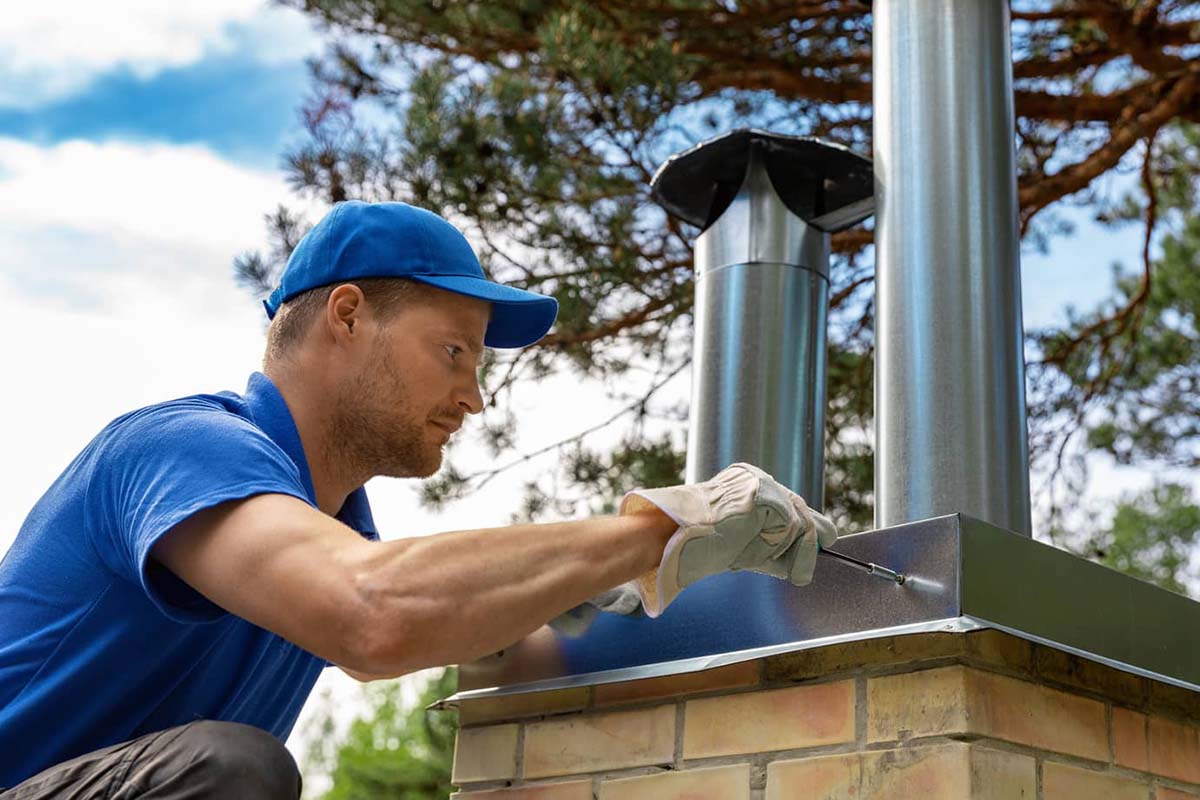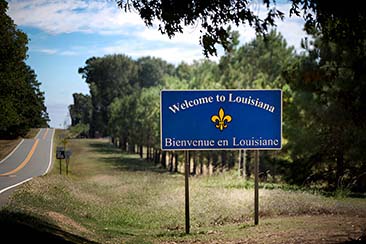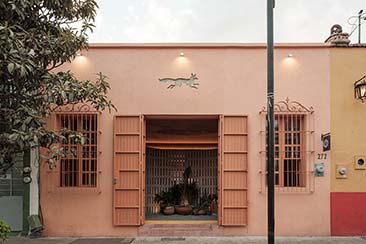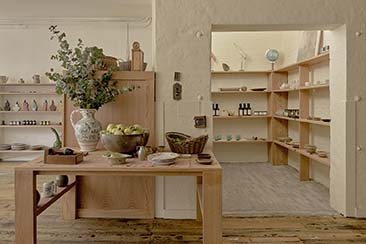Imagine waking up one morning to a house filled with smoke or, worse, toxic gases. The culprit? An improperly installed flue pipe. Flue pipes are essential for venting combustion gases from your home, and their proper installation is critical for safety and efficiency. This article will guide you through the crucial tips for designing and installing flue pipes, ensuring your home remains safe and your systems operate efficiently.
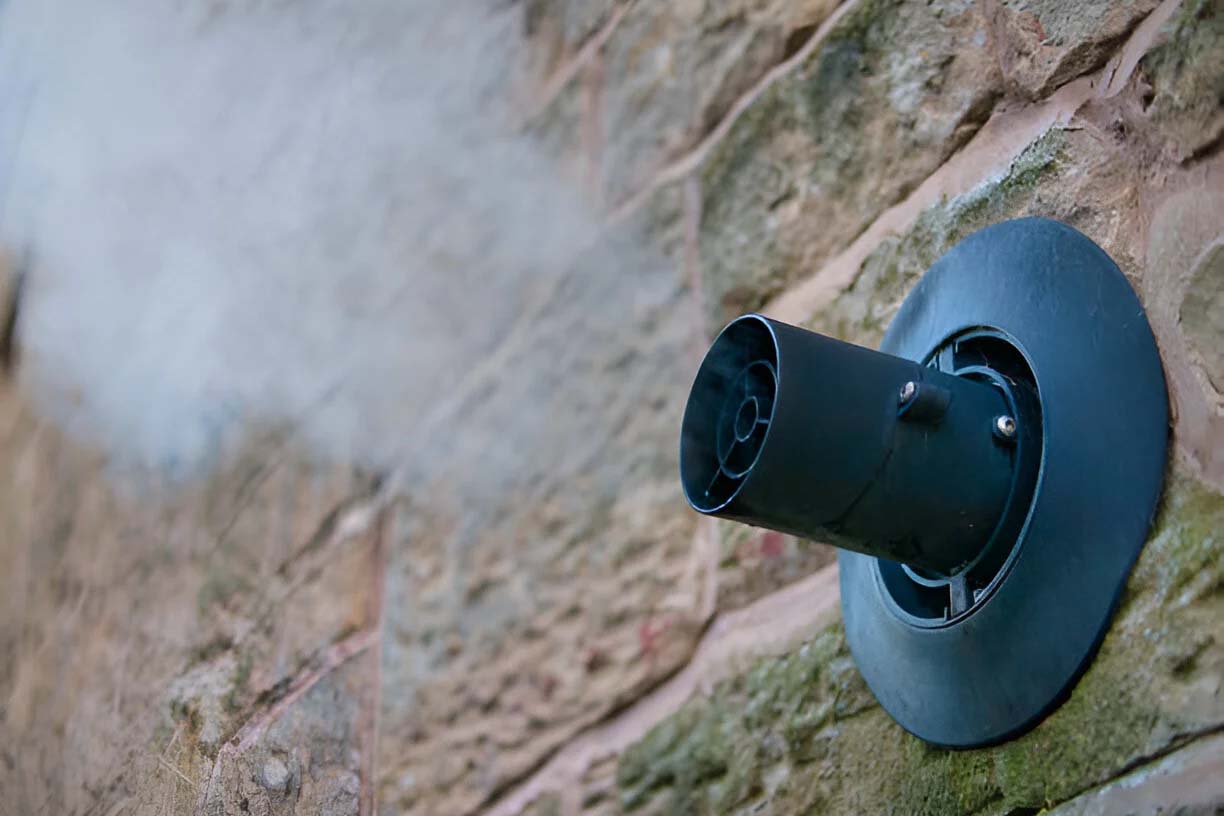
Understanding Flue Pipes
Flue pipes are ducts or pipes that convey exhaust gases from a fireplace, furnace, water heater, boiler, or other heating appliance to the outside atmosphere. Their primary function is to ensure that combustion gases, which can include carbon monoxide and other harmful byproducts, are safely vented out of the building, maintaining indoor air quality and preventing potential health hazards.
Flue pipes come in various materials and designs, each suited to different applications. Common materials include stainless steel, aluminium, clay, and plastic. Stainless steel is highly durable and resistant to corrosion, making it ideal for high-temperature applications. Aluminium is lightweight and more accessible to handle but less durable. Clay is traditional and often used in masonry chimneys, while plastic is suitable for lower-temperature exhausts like those from condensing boilers.
There are single-wall and double-wall pipes. Single-wall pipes are simple and suitable for many residential applications. Double-wall pipes have an insulating layer that helps maintain high flue gas temperatures and reduces condensation, improving efficiency.
Key Considerations in Designing Flue Pipes
Adhering to safety standards and building codes is paramount. Regulations such as the National Fire Protection Association (NFPA) codes and local building codes provide guidelines for safe installation. These standards dictate materials, installation practices, clearances, and venting configurations to prevent fire hazards and ensure effective operation.
Choosing the suitable material depends on the appliance and the conditions it will face. For high-temperature applications like wood stoves or fireplaces, stainless steel is often preferred due to its heat resistance and longevity. For gas appliances, aluminium or plastic may be sufficient. Evaluate the specific requirements of your installation to determine the best material.
Proper sizing of flue pipes is crucial for maintaining efficient draft and safe operation. A pipe that’s too small can restrict exhaust flow, while one that’s too large may not retain enough heat to ensure a proper draft. Manufacturers typically provide sizing charts based on the appliance’s BTU rating, which can guide you in selecting the appropriate pipe diameter.
Installation Best Practices
Before installation, assess the site to ensure it’s suitable for a flue pipe. Verify that there’s enough clearance from walls, ceilings, and other structures. Clearances are essential to prevent heat transfer to combustible materials, which can cause fires. Also, the structure must support the flue pipe’s weight and configuration.
Proper ventilation is vital for flue efficiency. Make sure that the flue pipe has sufficient air supply for combustion and ventilation. In tightly sealed homes, additional ventilation openings may be necessary to provide adequate air. Insulate flue pipes, especially those running through unheated spaces, to prevent heat loss and condensation. Weatherproofing the exterior portions of the flue pipe protects against rain, snow, and wind, which can affect performance. Use appropriate flashing and weather collars where the flue pipe penetrates the roof or wall.
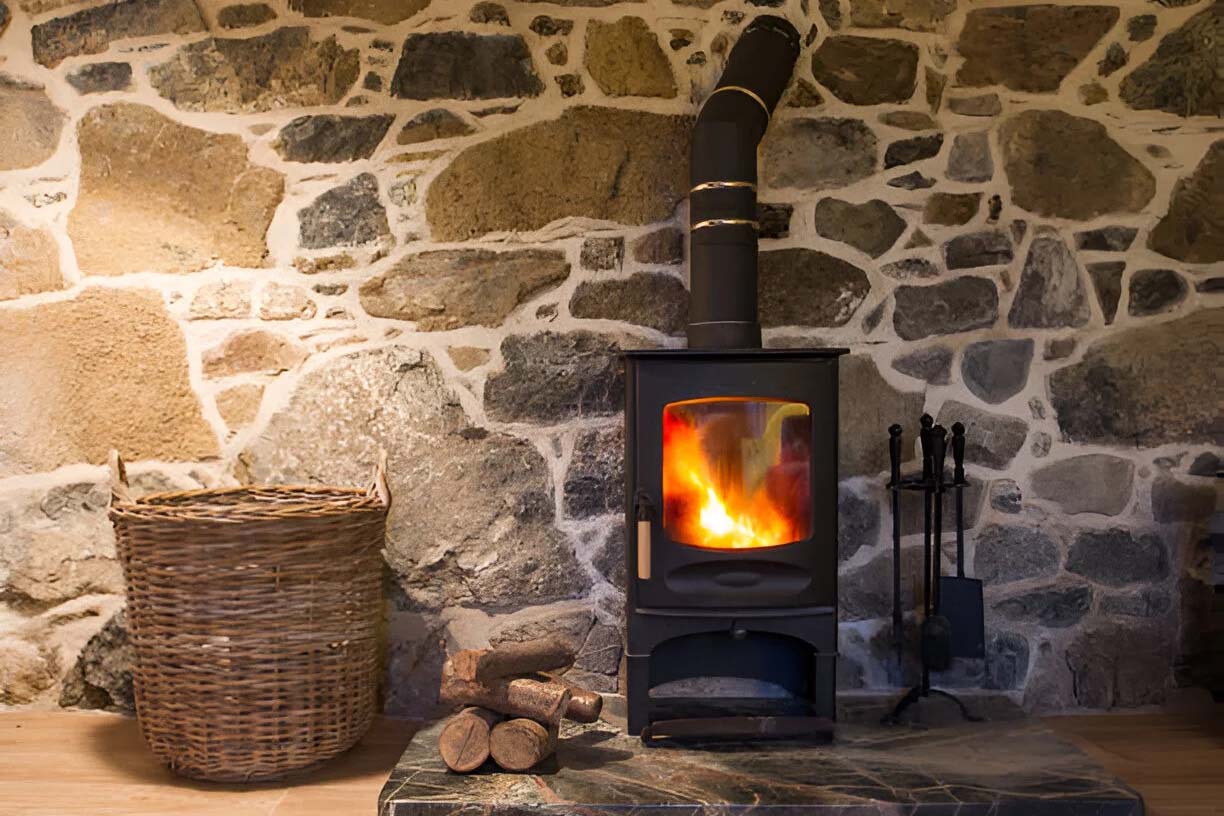
Common Installation Mistakes and How to Avoid Them
Improperly sized flue pipes can cause poor drafts, leading to inefficient combustion and potential safety hazards. Always use manufacturer guidelines and industry standards to select the correct size. If in doubt, consult a professional.
Leaky flue pipes can allow dangerous gases to escape into living spaces. Ensure all joints are sealed with high-temperature sealant and secured with fasteners. Double-check all connections for tightness.
Flue pipes must be adequately supported to prevent sagging or shifting, which can cause leaks or disconnections. Use appropriate brackets and support collars, especially for horizontal runs and longer vertical sections.
Maintenance and Inspection
Regular maintenance ensures your flue pipe system operates safely and efficiently. Schedule inspections and cleanings at least once a year, preferably before the heating season. Remove any soot, creosote, or debris buildup that can obstruct the flue or pose a fire hazard.
Be vigilant for signs of wear and damage, such as rust, cracks, or loose connections. If you notice unusual draft problems, smoke spillage, or strange odours, investigate immediately. Addressing issues promptly can prevent more severe problems and costly repairs.
Advanced Tips for Efficiency and Longevity
Enhance draft performance by ensuring the flue pipe is adequately insulated and routed. Avoid long horizontal runs and excessive bends. Installing a chimney cap can help maintain the draft and prevent downdrafts caused by wind.
Regular maintenance, proper installation, and the use of high-quality materials can significantly extend the life of your flue pipe system. Consider upgrading to double-wall or insulated pipes for better performance and durability.
Conclusion
Proper design and installation of flue pipes are critical for ensuring safety and efficiency in your home. By following the tips outlined in this article, you can avoid common pitfalls and create a reliable and effective flue pipe system. Remember, consulting with professionals and adhering to safety standards is always recommended to achieve the best results.
